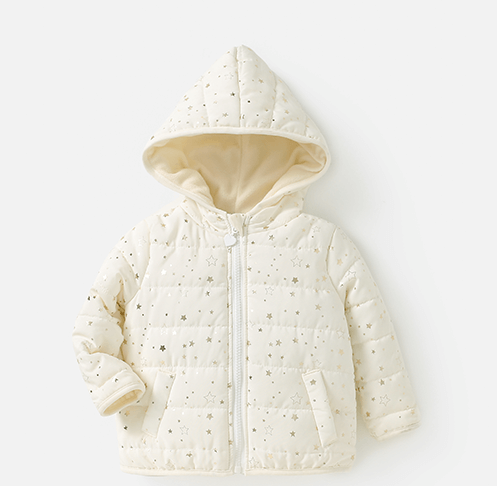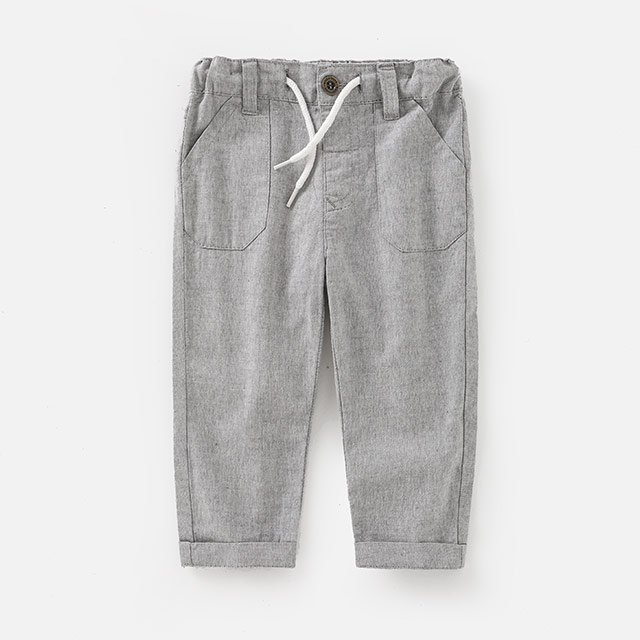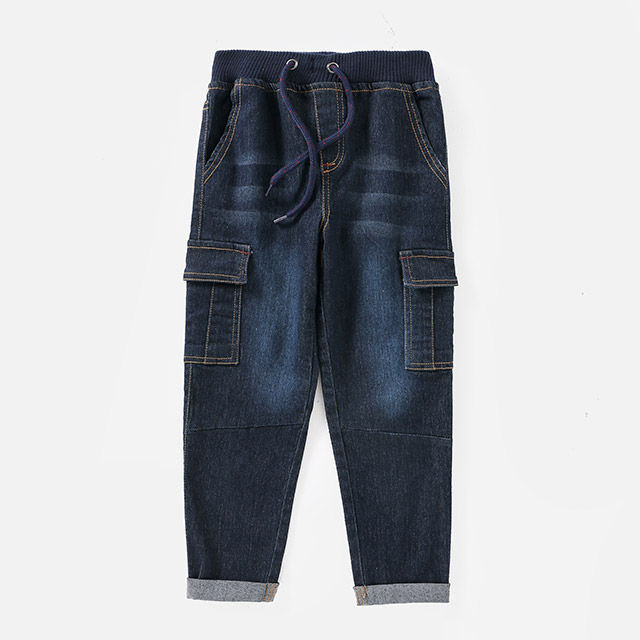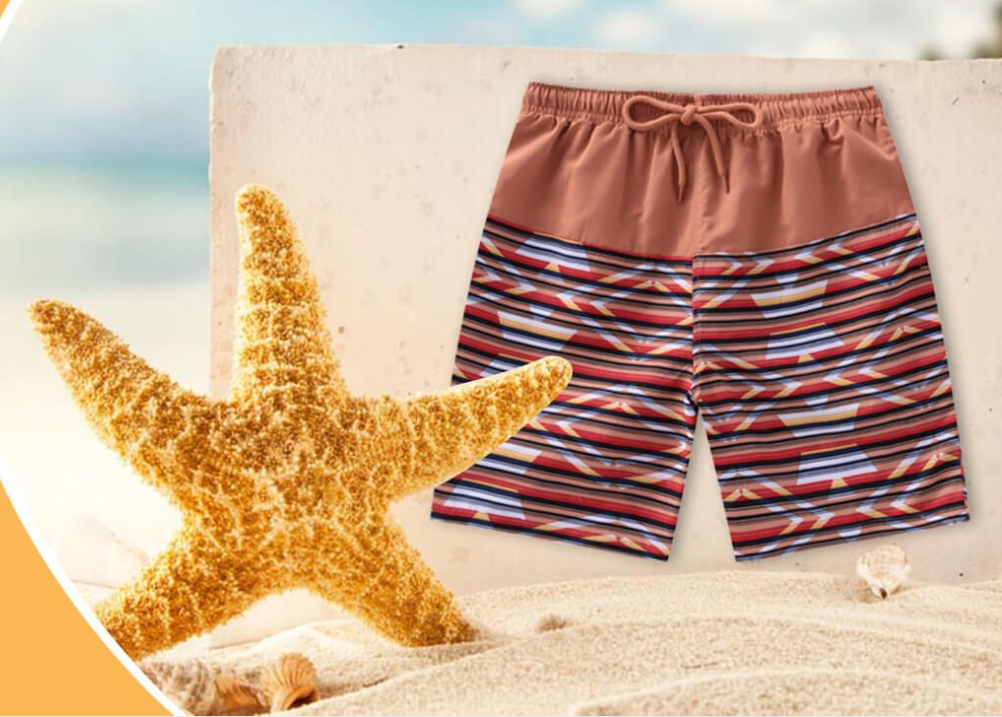December 16, 2021
Younger children are more likely to get cold for one simple reason: their smaller bodies lose heat quickly. Younger children are also less likely to actually realize they are getting cold, which means the job of keeping them warm (and knowing the signs that it's time to go inside) falls to us parents.
Plus, dressing babies and children for winter is an art. Our winter dressing tips will ensure they're not too hot or too cold, but just right - whether they're going for a stroller ride, to the park or to the store with you.

The American Academy of Pediatrics offers this rule of thumb for winter weather dressing: put one more layer on baby and children's clothing than adults would wear in the same conditions. Why? The pockets of air between clothing layers actually help absorb heat. Layering also allows kids to take off jackets or sweaters in transit without having to choose between overheating or freezing.
See the rule of thumb above. Dressing your child in too many coats can actually make them colder. This is because too much clothing can cause your child to sweat, which can make their clothes wet, thus making the cold and wind keep them cooler.
You should know the three basic layers - and the materials that fit each one. While this may seem overwhelming if you're not an alpine climber, it's not as difficult as it seems. Here are the basics you need to know.
What it does: wicks away moisture and sweat
Look for materials: wool or synthetic fibers, such as polyester
The right match: comfort
What it does: Insulation
Materials to look for: wool, down or fleece
The right fit: tight to the body, no binding movement
What it does: Protection from rain, snow and wind
Look for materials: waterproof jacket or shell; breathable jacket
The right style: allows for easy movement and plenty of room for layers

You know that jeans and cotton pants will absorb rain and snow, but cotton will absorb sweat even in cold, dry conditions. Wet cotton + cold weather = very cold kids. If it's cold outside, it's best to avoid cotton altogether.
With so many sports and super cute fleece options now available, not using cotton shouldn't be a problem.
Your child's head, face, ears, hands and feet are the most vulnerable to cold and frostbite. Frostbite is a bit like being burned in the winter: it damages the skin and usually causes numbness. And children's skin is especially sensitive to cold, so pay attention to their extremities. Heavy non-cotton socks; waterproof boots; waterproof gloves; a scarf; and a hat are the keys to keeping everyone warm and toasty on cold days.
As tempting as it may be to tuck those brogues into your boots for years to come, feet need room to move. Shoes and jackets that are too tight can restrict blood circulation and lead to cold extremities.
Please contact SANYI if you need to buy the batch kids clothes, we offer high quality and good price.

April 11, 2022

Navigation
Tel.: +86 186 1098 8656
Mobile: +86 186 1098 8656
Email: 547031110@qq.com
WhatsApp: +86 186 1098 8656
Follow Us